LEUPOLD YOSEMITE 6X 30MM
PORRO PRISMS BINOCULARS
Hi Guys:
Some things are changing in the world of optics. It uses to be that you had to spend a good chunk of money to get good optics; after all, it is difficult and requires expensive lenses, expensive anti-reflection treatment, some quality components, and precise work to mount it all and to get the optics to perform as they should.
Some optical aberrations and distortions can only be corrected the best possible. It is difficult to make good glasses to deliver a flat picture of good quality when the light ray has to pass through curved lenses.
But the new computerized optics programs than the optical engineer is using these days has brought a solution to the trial-and-error and time-consuming work that was needed to produce decent binocular blueprints in the old days.
They are several factors, beside objective size, that will determine how good the image quality in binoculars will be.
They include optical coating, quality of optics, distortions and aberrations, optical alignment, and manufacturer tolerances.
THE LEUPOLD 6X30MM YOSEMITE
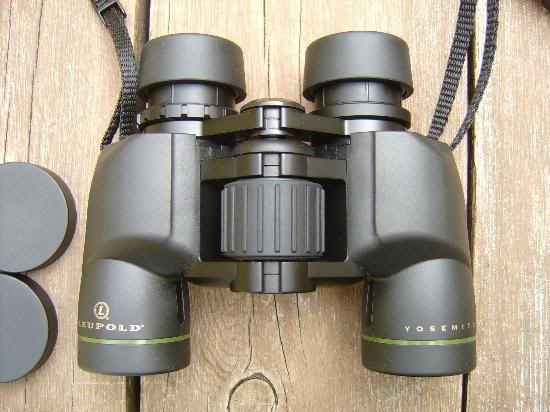
Back in 1970, I came back from the jungles of South America in one piece, but minus my good Zeiss binoculars. In seventy-one, freshly married and planning a trip, I was in need of a binocular, but my budget was $25.00 (you bought a lot of gasoline with $25 in the seventies).
After looking at several on that price range, I selected a 7x35 Porro prisms Sunset (Japanese). It says in big white letters that it is an extra-wide angle (10 degrees), which, at the time, didn’t affect me since my young eyes in those days didn’t need prescription glasses (wide angle will reduce the eye relief, an important consideration to eyeglass wearers). But poor eye relief means that you have to get your eye very close to the lens to see the whole picture, which can put a drop of perspiration on the glass in hot days or fog them in the cold climate.
It also makes it impossible to focus the edges of the glass. The center will be in focus, but the edges will be blurry: this distortion is called “curvature of field,” so keep in mind to stay away from wide field-of-view glasses if you want your picture to be relatively sharp all around.
It also says that it has coated optics, which means (and I can see it) that only the exterior lenses have been coated on the outside, and that translates that a good amount of light is going to be lost throughout reflection, making them inferior to glasses that used multi-coating lenses to see in deep shadows and at dusk .
LEUPOLD YOSEMITE AND SUNSET BINOCULARS
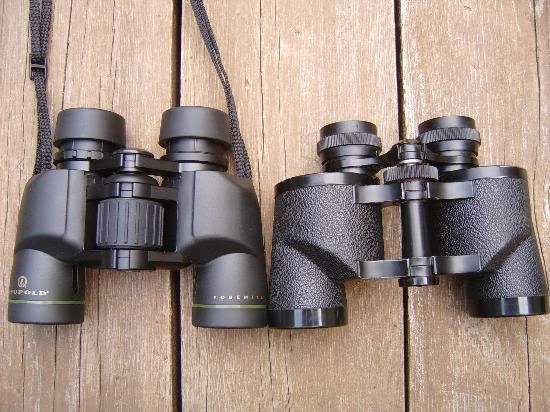
So brightness and sharpness are affected by the amount and quality of the coating that are used in binoculars- the more the better (as much as seven coats for glass surfaces are been used now). When you think that as much as 4 % of light is lost through reflection from uncoated surfaces and that a binocular uses a total of 14 or more optical glass inside them, you will understand why multi-coats are so important for light transmission.
YOU CAN SEE THE DIFFERENCE IN THE COATING BETWEEN THEM
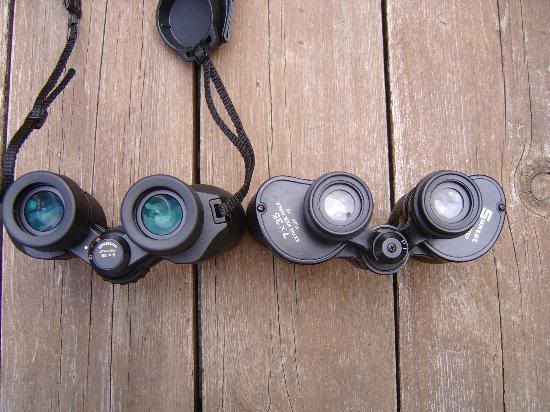
I can see that the lenses in the Sunset haven’t been corrected for chromatic aberrations, which means that the colors will be more muddled if I were looking at birds. Of course, correcting for color needs a set of different glass, all keyed to a certain spectrum on the color scale, which makes binoculars more expensive and will have taken me out of my $25.00 budget in those days.
Be careful of cheap binoculars with big lenses (50 to 60 or more mm of objective), as the bigger the lenses are, the more intense the chromatic aberration will be, unless it is corrected by low dispersion glass that will make the binoculars much more expensive.
Good glasses should be corrected for another aberration called “astigmatism,” which is the effect of the light at the edges of the glass that is elongated into an oval that points toward the center. This together with the “curvature of field” tends to make glasses fuzzy toward the edges. I believe my Sunset 7x35 glasses shows a good degree of astigmatism.
Of course, my 38 year-old glasses also show a good deal of spherical aberration. There is no way that ray of light passing trough the center of a normal glass can be in the same focus as the ones passing through the edges. This makes the image loss detail. Newer binoculars are now using an aspheric lens (usually in the oculars) that corrects the focus by bringing the center light rays to the same focus as edges rays of light, making the glass brightest and with increased contrast.
My Sunset glasses show some “barrel distortion.” Were a straight line placed on the edge of the field of view, it will bow outwards at the center. If that line will bow inwards at the center, it will be called “pin cushion distortion.” Good glasses correct for this distortion with quality glass, although you can still find just a little of it even in expensive glasses.
AT LEFT IS A REGULAR OPTICAL GLASS WITH CURVED SURFACES, AT RIGHT IS THE NEW AESPHERICAL LENS
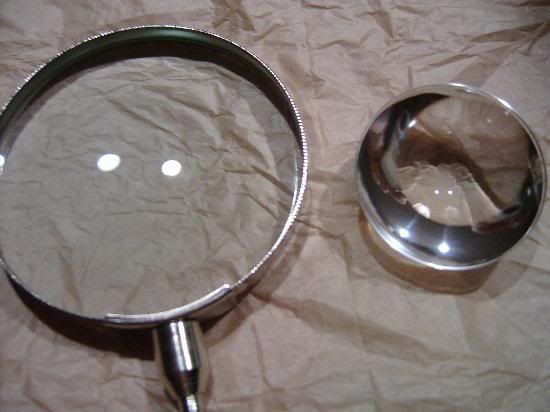
My Sunset 7x35 binoculars did fine for a few years (I didn’t use them much in low light) until I replaced them in my neck for a Bushnell Custom Compact 6x 25 CF in 1974, which then started my love affair with 6x lenses.
The Bushnell Custom Compact are beautiful binoculars; light, small, and highly good optics that still sells today and is highly sought after by those that don’t want to carry full binoculars when birding or hunting.
The street price on the Custom Compact is around $250.00, and it is well worth it. I have used mine for years in hikes into the high peaks of the Adirondacks. I think so highly of them that I had bought a pair for my wife in 1976.
The only thing I always wondered was how it would perform in poor light if the objectives were as big as 30 mm instead of 25mm.
Now, after so many years, another 6x binocular has fallen into my hands, thanks to the advice of FirstFreedom, a member of TFL forum.
The Leupold Yosemite Porro prisms 6x30 is in my hands now and a beauty it is, both physically and optically.
This Leupold is miles ahead of my Sunset 7x35, the comparisons I made in low light gives a great edge to the Leupold even than the objectives are 5mm smaller in the Leupold, and the numbers for exit pupil gives both the same 5mm value (35 mm divided by 7x = 5mm and 30 mm divided by 6x = 5mm of exit pupil). The Leupold outperforms my Sunset glasses, due to better coating and better optics.
I was surprised when I put both in my fish scale because both weigh 1 lb. 1 oz., but the Leupold feels much lighter. The rubber covering and the twist up eye-piece guards are a big asset for the Leupold, as the Sunset doesn’t have any eye-piece guards at all. The Leupold Yosemite comes with a rain guard that is tethered to the elastic strap and regular caps in the objectives. That is one thing I would like to see changed; objectives should be protected with covers, such as the ones find in my Nikon Monarch, that are attached to the binocular body and not by caps that are easily lost.
Optically, the Leupold Yosemite is very superior to the Sunset glass. Some aberrations and distortions are still in the glasses, but only in a reduced amount and in the edge of the field of view, and it is okay, because only very high quality glasses like the Swarovski and Zeiss can make those defects disappear almost completely, and after all, most of us look through the center of the field anyway, and not through the edges.
Color seems to be fully corrected in the Yosemite, although I have yet to find a proper test medium to judge it (hummingbirds or woodpeckers).
Sharpness and definition are well up in the scale, leaving the Sunset glasses in the dust. That all this optical quality is attained at the cost of only less than a hundred USD is a miracle of new manufacturing techniques. I am well pleased with the new Yosemite binoculars by Leupold, I took a calculated risk when I bought them, based on the Leupold name in others optics and I am well satisfied with what I got and for the little money I got them.
Best wishes
Watchmaker
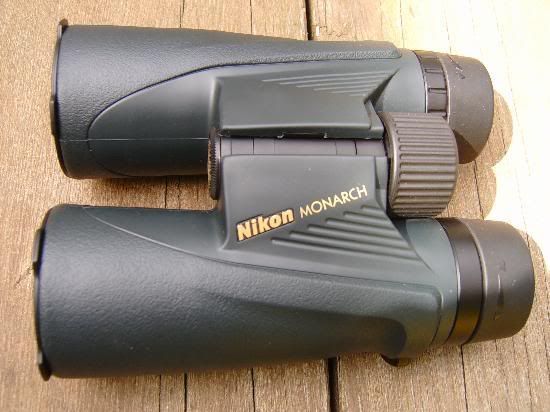
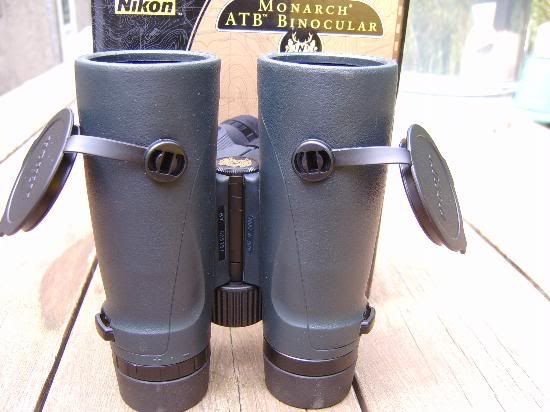
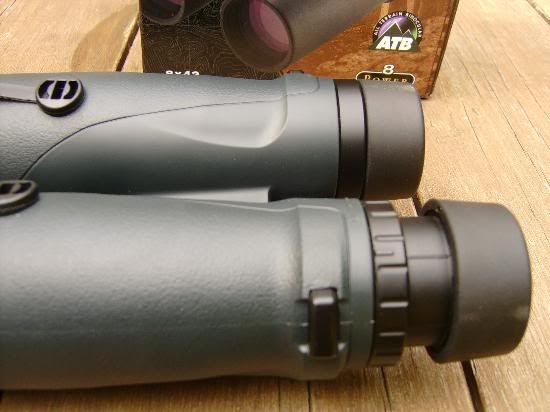
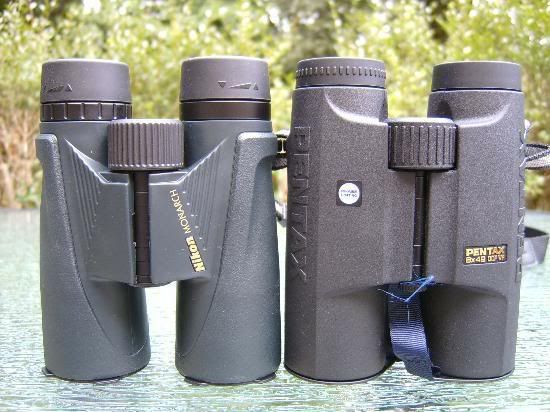


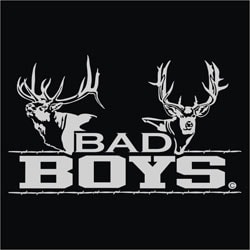







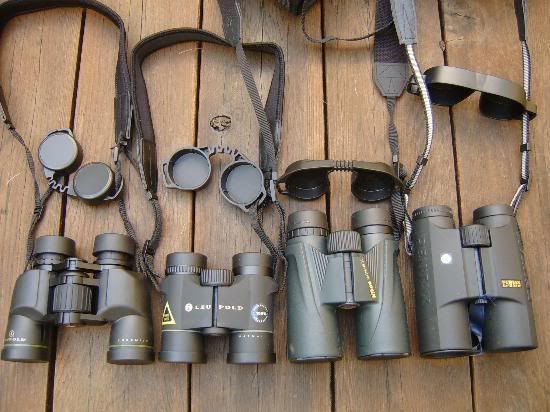
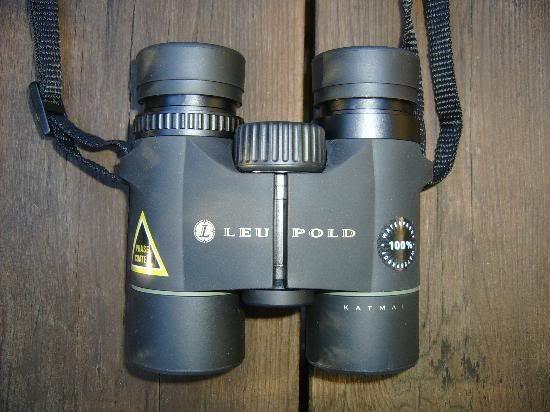
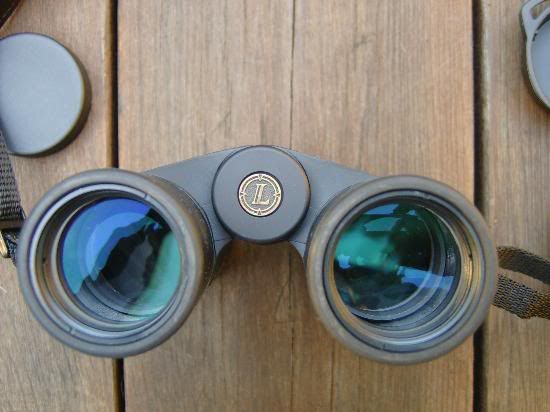
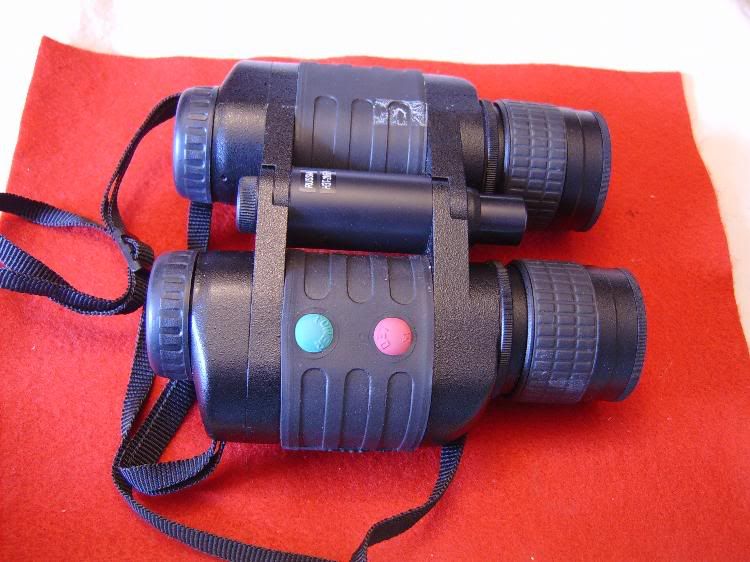
 So cherish them well.
So cherish them well.